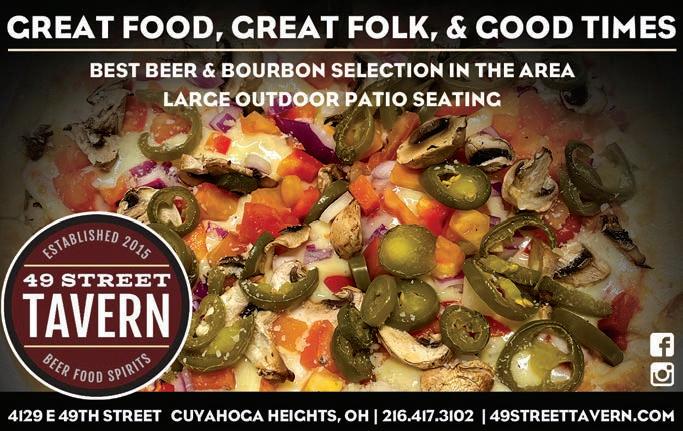
16 minute read
Upfront
UPFRONT UPFRONT

Advertisement


A LITTLE BIT OF AVON IN THE FORGOTTEN TRIANGLE: A PLAY-BY-PLAY OF DRIVING THE OPPORTUNITY CORRIDOR
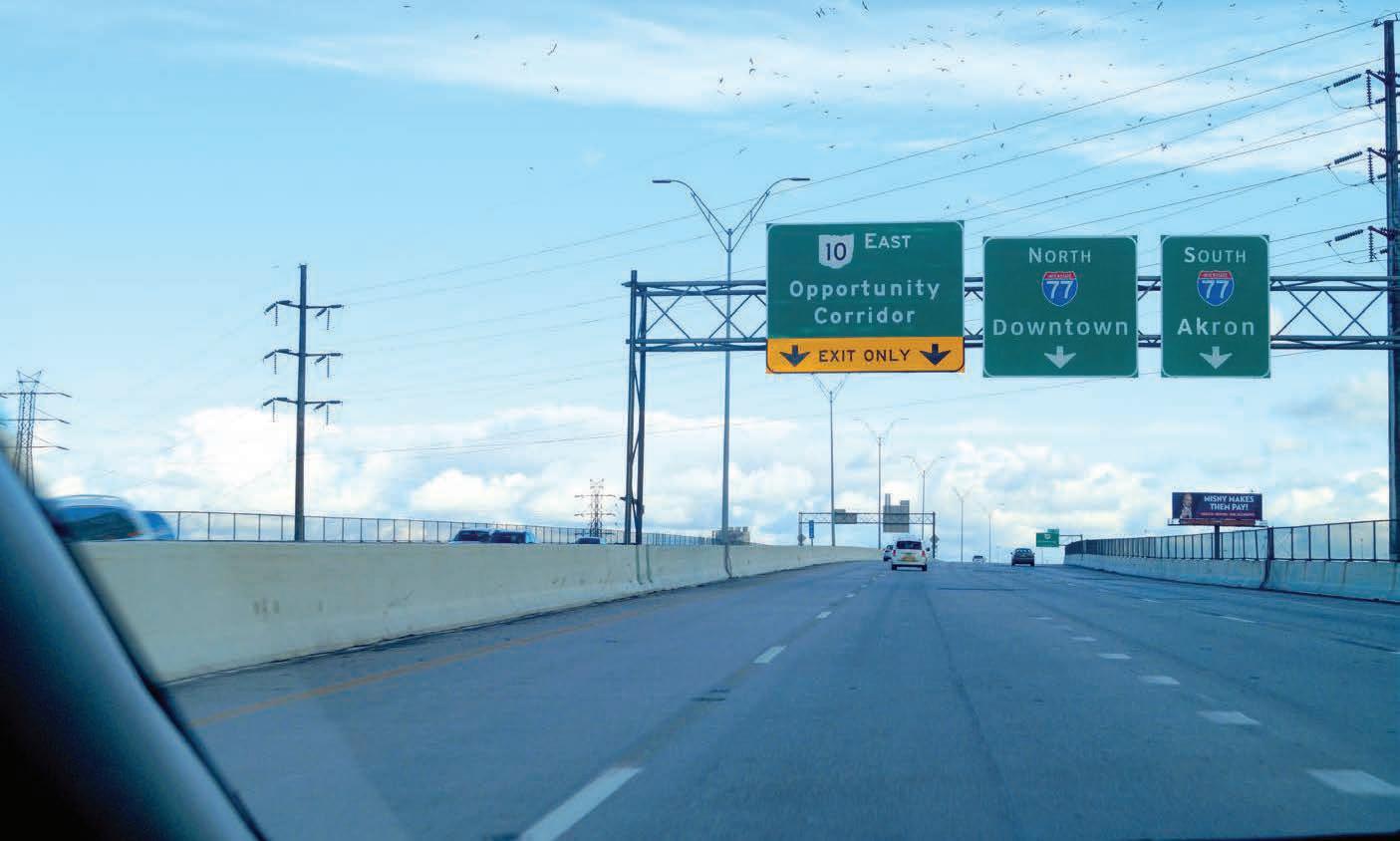
THEY ARE STILL CALLING
it “Opportunity Corridor.” Like, that’s literally the name of the street, on street signs. Orlando Baking Company is now located at the corner of E. 75th Street and Opportunity Corridor. The Juvenile Justice Center is on Opportunity Corridor, just before Quincy, and so on.
That this chamber-of-commerce branding persists in the absence of the promised opportunities is of course embarrassing, but it also confirms what many feared all along: that the branding was never more than propaganda to convince residents of Cleveland’s poor, predominantly black southeast side neighborhoods, where 30-40 percent of residents don’t even own a car, that a $260 million road from I-490 to the Cleveland Clinic would be more than a road.
It should be no surprise that it’s not.
It should also be no surprise that after hundreds of millions of dollars of new infrastructure investment, the road is smoothly paved, freshly painted, and pleasant enough to drive. From the lengthy exit ramp on I-490, where the speed limit drops from 60 MPH to 35 MPH, it took me 7 minutes and 30 seconds to get to E. 105th and Cedar. The return trip was about 7:10. (The whole point of the road’s construction was to shave a couple of minutes off the drive time between E. 55th and the Clinic, so I guess it used to take about 10 minutes.)
All along the route, trees have been planted on the central median and on either side, stabilized for the winter by wooden stakes. One can sense that, when spring arrives and the mud turns fully to grass, the landscaping could be real nice indeed.
The whole experience is overwhelmingly suburban. I kept thinking of the Lear-Nagle exit on I-90 in Avon. Though almost zero trickle-down economic development has been spawned by the Opportunity Corridor—that’s why the City of Cleveland finally threw up its hands and said it would build its new police headquarters out there, (which I guess is supposed to make commuters feel safe) (???)—it’s easy to envision theoretical strip mallstyle developments on a few of the wide-open lots. A Starbucks-Jimmy John’s combo? A Qdoba? A T-Mobile store? Soups, sandwiches, coffee and auto parts, all rendered in the bland, beige faux-stone one expects in Brunswick.
Presumably, the city, the Greater Cleveland Partnership and others made efforts to lure development of this sort to the route, without success. They tried to attract “light industrial” business as well. Also without success. One of the only announced developments along the Opportunity Corridor, other than the Police HQ, has already been altered after community outrage—an asphalt and concrete plant, which was meant to be built in conjunction with a training center for those seeking construction jobs. (The construction institute is still in the works, without the plants.) Much of the route is now bordered by dirt lots, littered with construction materials. No one seems to want to be the guinea pig in an area marked by decades of disinvestment, redlining and abandonment. A Meijer grocery store is now in the offing up near 105th.
Having never commuted to the Clinic along the previous route, I never understood why so many local resources were being expended (in my view, wasted) to reshape an area’s geography — including tearing down existing homes and businesses — in order to expedite a commute for the staff and patients of a particular hospital. But I’ve come to understand just how much sway the Clinic holds in the region. And as the Clinic’s top tour guide told a reporter in 2017, the previous route “[went] through neighborhoods that people don’t want to go through,” and the Opportunity Corridor would help staff and patients get to the hospital faster.
That was always the rationale. Community development and the associated jobs were always window dressing, though they received top billing in the press releases. “The promise of this project is Jobs! Jobs! Jobs!” Armond Budish all
UPFRONT

but orgasmed at the ribbon cutting earlier this month.
One side effect of “getting to the hospital faster” is that the Opportunity Corridor will now apparently be favored by emergency vehicles and others in a stupendous rush. Twice on my outward journey did I pull over for ambulances barreling toward University Circle. On my return trip, a police SUV, sirens blaring, sped by me as I was stopped at a red light. A Cleveland Clinic “Lab Technologies” van passed me at nearly 60 mph along the Juvenile Justice Center stretch.
The whole thing saddened me: an exorbitantly expensive road cutting through census tracts mired in poverty, with nothing but the Taj Mahals of the carceral state along it. These juxtapositions should once again be interpreted as indictments of the city, county, state and chamber of commerce policy agendas. In the face of the city’s poverty, and as the planet hurtles toward climate disaster, they are still prioritizing infrastructure for personal vehicles. Consequently, pieces of historic, neglected neighborhoods in Cleveland have been torn up and recast as a suburban boulevard.
Right about when Opportunity Corridor became E. 105th Street, I was struck by the notion that maybe this is what driving to Abu-Dhabi is like: through an empty desert, toward the glittering palaces and playgrounds of the local royalty.
-Sam Allard
DIGIT WIDGET
3rd
Cuyahoga County’s rank, among all counties in the United States, for new Covid cases per capita, according to analysis by the New York Times. Only Tomkins County, New York, and Pike County, Illinois had more new cases per 100,000 residents.
17
Total number of missionaries from a Holmes-County-based Christian organization who were captured in October by a Haitian street gang. The final 12 hostages, including an infant and two children, escaped last week and are now safe in the United States
$500,000
Grant that the local Manufacturing Advocacy and Growth Network (MAGNET) will receive as a finalist in the U.S. Economic Development Agency’s (EDA) “Build Back Better Regional Challenge.” If selected as a winner, MAGNET could receive as much as $100 million for local manufacturing initiatives.
10 months
Expected duration of closure of the Center Street Bridge in the Flats, beginning Jan. 3, resulting in a two-mile detour on Columbus, W. 25th Street, Main Avenue to get from the Oxbow of the Flats to the West Bank.
Bobby George Files Federal Lawsuit over Restaurant Revitalization Fund’s Policy Prioritizing Women and Minority-Owned Businesses
In a federal lawsuit filed last week in the Northern District of Ohio, Bobby George, along with other restaurant owners in Ohio and Florida, alleged that the Small Business Administration expedited Covid-19 relief money from the Restaurant Revitalization Fund according to a policy that prioritized women, veteran and minority-owned businesses “in order to avoid effective Court review.”
That policy was struck down by various courts around the country mere weeks after the RRF opened for applications in May. By the time the courts acted, ruling the SBA couldn’t prioritize relief based on gender or race, the $28.6 billion set aside for restaurants in the American Rescue Plan Act by Congress had been exhausted.
The Restaurant Revitalization Fund effort was plagued by general confusion, errors, and a crush of applicants vying for a slice of the pie that was never large enough to help everyone: More than 265,000 businesses didn’t receive grants, applicants sought three times ($75 billion) more than what had been allocated, and more than 3,000 women and minority-owned businesses that had initially received approvals had their grants rescinded after courts issued rulings on the priority policy.
The lawsuit from George and others claims the SBA dispersed the funds while knowing the policy was unconstitutional.
“It is obvious that the SBA and the Defendants accelerated the review process in order to avoid review by the Courts,” the lawsuit contends.
The priority line for restaurant relief was designed by lawmakers and the SBA to target businesses owned by historically disadvantaged groups, especially after studies showed that minority businesses were disproportionately kept out of the Paycheck Protection Program in 2020.
In a May 2021 statement to the New York Times, a spokesperson from the Small Business Administration expressed frustration at the court rulings: “While we cannot comment on the specifics of the litigation, it is the North Star of the U.S. Small Business Administration to assist underserved small businesses, and we’ll continue to do so.”
George declined to comment when reached by Scene.
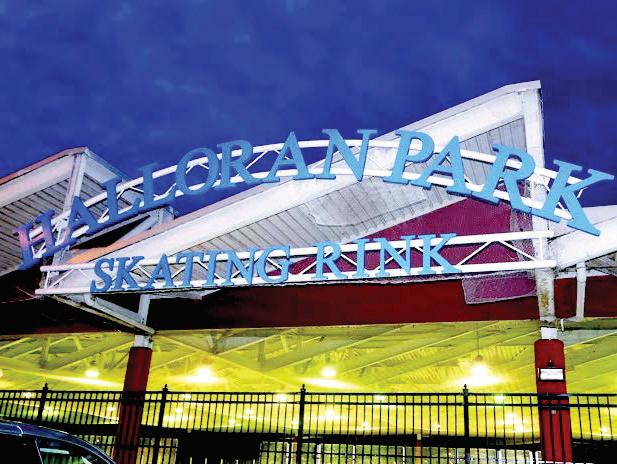
-Vince Grzegorek
Is the Halloran Ice Skating Rink Open Yet? Yes and No.
With holiday festivities across the city in full swing, from Winterfest downtown to Nela Park’s annual light display, and Christmas less than ten days away, some Cleveland residents have wondered why the Halloran skating rink (3550 West 117) isn’t yet open for the season, or at least doesn’t appear to be.
The public rink is the only one operated by the city and is free for visitors. (Skates are available to rent for $1.)
A postcard to Ward 11 residents from councilman Brian Mooney in November announced the rink would open on Nov. 22, weather permitting.
It’s now nearly Christmas.
“I just talked to a resident about this,” Mooney told Scene.
While the ice was laid right around Thanksgiving, the rink didn’t welcome its first skaters until last week, Mooney said, and even then the operation has been on a day-to-day schedule.
According to the councilman, the delay and the erratic schedule are due to a few things.
“One factor is the outside weather,” he said. “Even though you have cooling underneath, when you have temperatures near the 60s, you just can’t do it. It’s too sloppy and wet on those warm days, and we’ve had quite a few of them this year.”
Halloran is a true ice skating rink, with real frozen water, which means the weather is a factor for its schedule and not for rinks like the one at Wade Oval, which is synthetic ice.
The second factor is the roof, which is full of holes and scheduled to be replaced in 2022.
“The roof is in such poor condition, there are so many leaks that water comes through and drips on the ice and it creates holes that make it dangerous for skating,” he said.
Everything aligned last week, and Halloran was open Monday and Tuesday this week, but was closed yesterday and is closed today.
That information can only be found if you call the rink — the Halloran page on the city’s website still has the fall schedule, and there’s no dedicated social media — which Mooney admits is a problem.
“You know the city’s website,” he said. “The city can do better, we hope we do better.”
Halloran is also still operating with limited capacity and residents must schedule a time in advance, which, yes, can only be done by calling the rink at 216-664-4187.
Debuted as an open-air affair on Christmas Eve in 1959, a roof was added in 1975 and the city invested $1.5 million in the facility in recent years.
“It’s one of the rare, true outdoor skating rinks,” Mooney said.
-Vince Grzegorek
More Core Values from the Chamber of Commerce
Having clocked the schizophrenia of trying to cast the poorest city in the United States as the greatest city in the world, and having tried and failed to cure the region’s ills with an array of snake oils—a magic startup to solve poverty, a blockchain hub, a summit on “inclusive growth”—local civic leaders seem to have dialed back their boosterism. In the harsh emergency-room lighting of the Covid-19 era, they now simply want to make Northeast Ohio a “great region on the Great Lakes.”
That’s the modest proposal of Greater Cleveland Partnership CEO Baiju Shah, at any rate. The chamber of commerce executive, who took the reins from Joe Roman earlier this year, is out with a new op-ed in the Plain Dealer / cleveland.com that purports to delineate the civic system›s corevalues.
These values, Shah says, define the “mindset, spirit and practices” of big civic projects undertaken by the public, private and nonprofit sectors working in “purposeful partnerships” to help Cleveland regather momentum from 2016. Back then, we are told, before the system fractured, Cleveland was poised to regain its stature, (as a great city on the Great Lakes). It’s perhaps no accident that these values’ organizing principle is borrowed from the Cleveland Cavaliers’ marketing slogan at the time: “All In.”
Shah writes: “These values start with being INspired, include being INnovative, INclusive, INvolved, INterconnected, and end with INtegrity and IN-unity, always focused on community outcomes, not on who leads, supports, or gets credit.” (I’ll refrain from commenting on the grammatical clumsiness of these values—my position has not changed—other than to say that including a lone prepositional phrase seems to be IN-violation of core-value copywriting tenets everywhere.)
From his GCP perch, Shah can be expected to chime in every once in awhile to communicate with his membership. And as the region’s putative “innovation czar,” he can be expected to make bold—or at least bold-sounding— pronouncements, which tend to be relayed in the style of corporate communications departments.
While we “consternated,” the pandemic ensued, challenging us all. Yet despite social distancing, it is bringing us together again. The pandemic has rekindled an “AllIn” spirit uniting us to protect our community. It has also generated significant opportunities to rebuild our region. We now have an extraordinary chance to regain our momentum and our standing. And that is beginning to happen. Through the concerted work of many, our civic system is restoring and aligning again.
The core-value stuff is easy to mock, but it’s mostly a pretext for Shah to discuss the current priorities of the chamber of commerce: making Cleveland a hub for smart manufacturing; promoting sector partnerships in manufacturing, IT, and health care to train and place workers in indemand jobs; scaling up minority businesses; championing real estate development downtown and along the city’s waterways.
“These are examples of a mending system,” Shah writes, of the explosion of new projects underway, including the Progressive Field renovation, the Sherwin-Williams headquarters and the so-called Innovation District.
That’s certainly one way to look at it.
Another is to regard these developments as examples of a broken system, one in which the public sector perpetually subsidizes the private sector to ensure its growth, even as the community suffers. And the community is indeed suffering: CMSD is hanging on by the thinnest of threads. Who
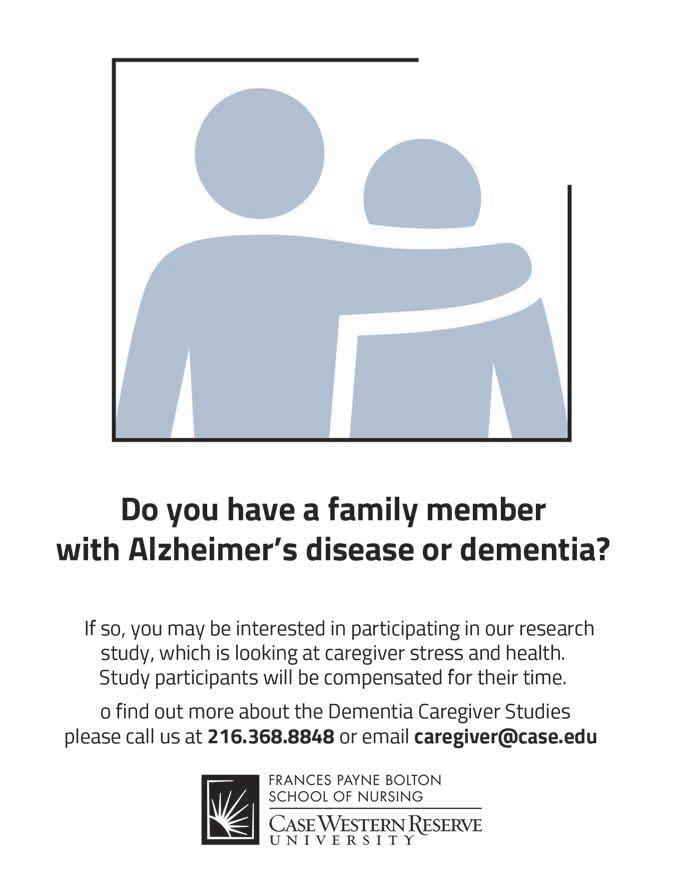

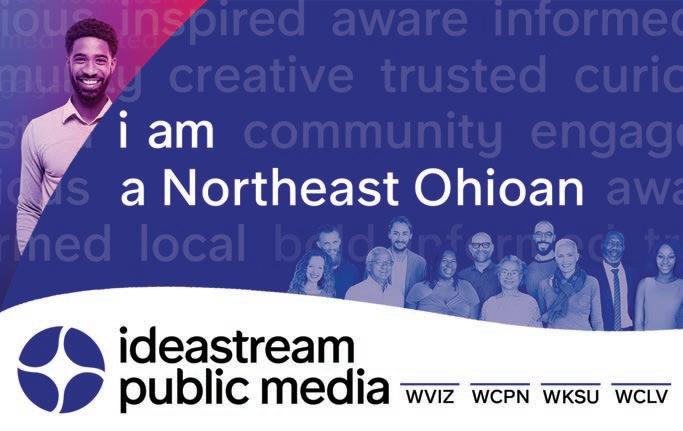

clevescene.com


UPFRONT
even knows how many thousands of students have fallen through the cracks for good? Gun violence and drug overdoses have skyrocketed in 2021. Huge numbers of Clevelanders once again can’t afford their rent, their power or their water. Covid variants continue to mutate and pounce.
But the public, private and nonprofit sectors—what Shah calls the “civic system”—are evidently restoring and aligning.
They’re certainly up to their old tricks. In recent weeks, the city and county voted to hand over about $285 million in public dollars for renovations at Progressive Field, (renovations that will include a lavish expansion of the Guardians corporate offices, a nice bonus for the Dolans). Last year, the city greenlit an incentive package that provides $100 million in subsidies to Sherwin-Williams for its global headquarters, a handout that could have fully funded the Lead Safe Cleveland program on its own.
The “Innovation District,” a partnership between the local hospital systems, universities and the public sector, is a project made possible by $265 million in state subsidies. Its goal is to help make Cleveland a national leader in pathogen research and, per Cleveland.com, to “lure tens of thousands of new jobs and investment to the region, to make Cleveland an even bigger center of biomedical innovation and startups.”
The $265 million contribution from the state is roughly the value of the Cleveland Clinic’s “fair share deficit.” That›s another way of saying that the Clinic makes $261 million more per year in tax breaks than it spends on community and charity care. It›s the highest such deficit in the country.
All of this new development might be encouraging for folks who use “leverage” as a verb on a daily basis, but it’s downright sickening for people living on the margins. For them, the asymmetry of resources could not be clearer. People watch in horror as every day more public money flows to private interests and billionaires—these are the public’s supposed “partners”— and the public never seems to be any better off. That’s one big reason why the city’s population has been shrinking for seven consecutive decades. And it’s a big reason why many of us will have have a hard time getting INspired by the communiques of leaders celebrating this time-honored extractive relationship as an INnovative and INclusive future.
-Sam Allard
Cleveland Hospitals Take Out Full-Page Plain Dealer Ad Begging Public to Get Vaccinated as Covid Rages
“Help.”
That’s how the full-page ad in the Sunday Plain Dealer taken out by the Cleveland Clinic, MetroHealth, University Hospitals, Summa Health, the U.S. Department of Veterans Affairs and St. Vincent Charity Medical Center begins.
“We need your help. We now have more COVID-19 patients in our hospitals than ever before. And the overwhelming majority are unvaccinated. This is preventable,” the plea continues.
Covid-19 infections have skyrocketed in Northeast Ohio — Cuyahoga County has the highest rate of spread of any county in the state — and hospitals warned last week that despite lingering public sentiment that the Omicron variant produces milder outcomes, hospital beds are near capacity and staff are overwhelmed and the hospitals are postponing non-urgent surgeries to maintain the ability to treat the influx of Covid patients. In an effort to alleviate some of the staffing pressure, Gov. Mike DeWine last week ordered more than 1,000 Ohio National Guard members to provide assistance at hospitals across the state.
Health officials have said that the current wave will get worse, thanks to holiday gatherings and travel, along with Omicron’s ability to quickly spread.
“We are learning this variant is more transmissible, and we are seeing evidence of this by the increased spread in our community,” the Clinic said last week in a statement.
About 45% of Ohioans aren’t fully vaccinated, and only 36% have gotten their booster, which experts have said is the only real defense against the Omicron variant.
“We need you to care as much as we do,” the ad closes.
-Vince Grzegorek
scene@clevescene.com @clevelandscene


